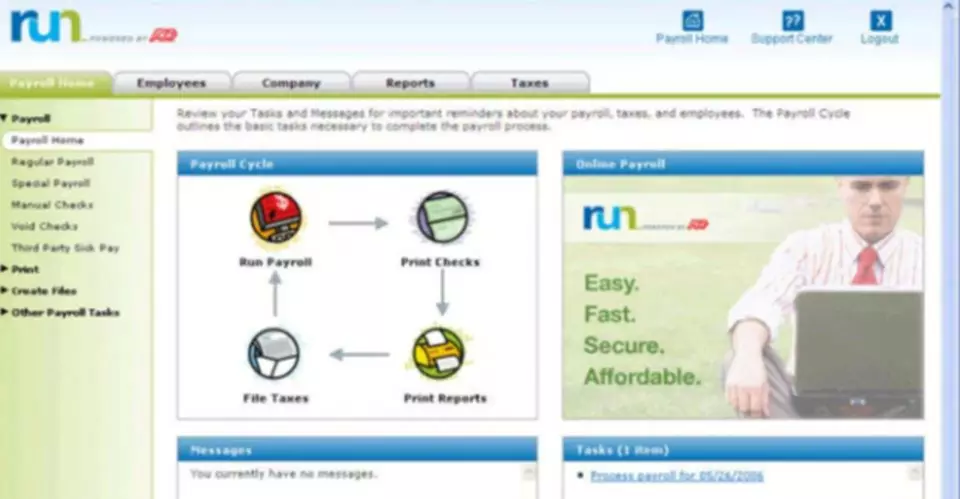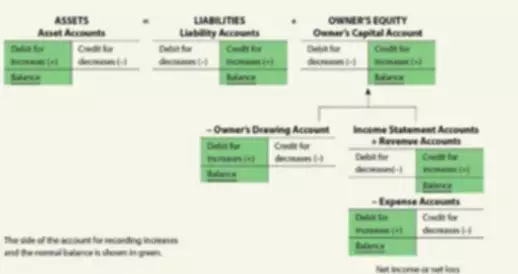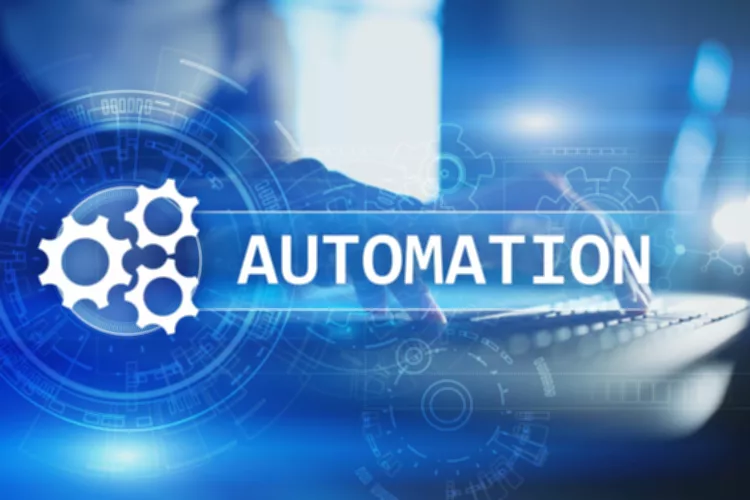Content

Since values for some assets change frequently, revaluation can happen as often as once a year. Depreciation stops when the accumulated depreciation reaches the amount of the depreciable base. The total depreciable amount for the life of the asset is $180,000 ($200,000 – $20,000). In example 1, a $100,000 asset with a four-year life and $10,000 salvage value, the following year-by-year breakdown shows the depreciation. For example, a manufacturing company purchases a machine on Dec. 1, 2019 for $56,000.
- He is the sole author of all the materials on AccountingCoach.com.
- After early years of nothing but debt and hard work, the moment that a business owner discovers they are making money can be absolutely momentous.
- By contrast, the jeweller expects to use the diamonds in a commission they need to complete within a month.
- Some long-term, tangible assets can help you generate income, whether through the manufacture of goods or through their appreciation over time, whereas others might depreciate over time.
Fixed assets are the items owned by a company that makes it possible to operate the business, such as tools, equipment, and furniture. Each company makes its balance sheet statement that contains shareholders’ equity, assets, and liabilities. In this statement, assets are differentiated based on their lives. They then become of two types, non-current assets, and current assets.
Items and information captured in a fixed asset register
Furniture includes office equipment, desks, cupboards and conference tables. Fixtures include built-in items that you can’t easily remove, such as fireplaces. Fittings include removable items such as mirrors, lights and art. Cash Flow StatementA Statement of Cash Flow is an accounting document that tracks the incoming and outgoing cash and cash equivalents from a business.
- Note that the cost of a fixed asset is its purchase price including import duties, after subtracting any deductible trade discounts and rebates.
- Fixed assets are imperative in determining the profitability of a company.
- For example, a company that purchases a printer for $1,000 using cash would report capital expenditures of $1,000 on its cash flow statement.
- Such assets include built-in cabinets, interior walls, ceilings and any electrical and plumbing upgrades.
- The deductions from the asset’s purchase price are Accumulated depreciation and any impairments applicable.
The affiliates use this to finance increases in working capital, repay loans, etc, as well as to purchase fixed assets. These affiliates use this to finance increases in working capital, repay loans, and so on, as well as to purchase fixed assets. Conversely, all local authorities with power to operate bus undertakings have power to purchase vehicles and fixed assets for the purpose of the business. The total value of fixed assets sold in the service categories specified is summarised in the table. There are also extraordinary items, consisting of redundancy and other closure costs and a writedown of over £1,100 million of fixed assets. All that will be valued will be the fixed assets such as plant and machinery and perhaps some land.
Depreciating a fixed asset
The value of some fixed assets can depreciate over time, however. Regardless, this property is often necessary for a potential long-term investment. What fixed assets are, and the role they play, differ between businesses and individuals. In general, they’re long-term, tangible assets owned by a company or person.

Fixed assets in the most recent accounts were valued at £4.3 billion. Fixed assets will primarily be transferred on a depreciated cost basis. Fixed assets are depreciated from the month following acquisition. Understanding where they’re recording and how they may impact or reflect aspects of a business’s finances can be important for analyzing a company.
Classification of Fixed Assets in Accounting
Intangible AssetsIntangible Assets are the identifiable assets which do not have a physical existence, i.e., you can’t touch them, like goodwill, patents, copyrights, & franchise etc. They are considered https://www.bookstime.com/ as long-term or long-living assets as the Company utilizes them for over a year. Companies that more efficiently use their fixed assets enjoy a competitive advantage over their competitors.

Depreciation on other tangible fixed assets will be provided using the straight line method. Buildings, roads, military equipment, and software are examples of government assets that may be fixed assets, or used repeatedly for a year or more. Statistics for state and local governments combined and for the U.S. government include the age and value of fixed assets examples assets. Depreciation accounts for the normal wear and tear that an item undergoes during the ordinary course of business, and it is spread out over the course of an item’s life. Depreciation begins one month after a fixed asset is placed into service and continues until an item is fully depreciated or disposed of either through salvage or sale.
What is a Fixed Asset?
When a business is reporting persistently negative net cash flows for the purchase of fixed assets, this could be a strong indicator that the firm is in growth or investment mode. Noncurrent assets, in addition to fixed assets, include intangibles and long-term investments. Examples of fixed assets include tangible assets with a long-term useful life like Land, Buildings, Machinery, Production Equipment, etc. “Fixed asset purchases are not recorded on the income statement,” says Zeiter. “Instead, they are expensed over the expected lifetime of the asset using depreciation. Assets such as buildings are depreciated over a longer time period than assets such as computers.” Common examples of fixed assets include land, factories, and machinery.

Current assets, on the other hand, are used or converted to cash in less than one year and are not depreciated. Current assets include cash and cash equivalents, accounts receivable, inventory, and prepaid expenses. Everything in the categories of property, plant, and equipment, or PPE, will set your business back a lot financially. The key is ensuring that the long-term return on investment outweighs the initial cost.

